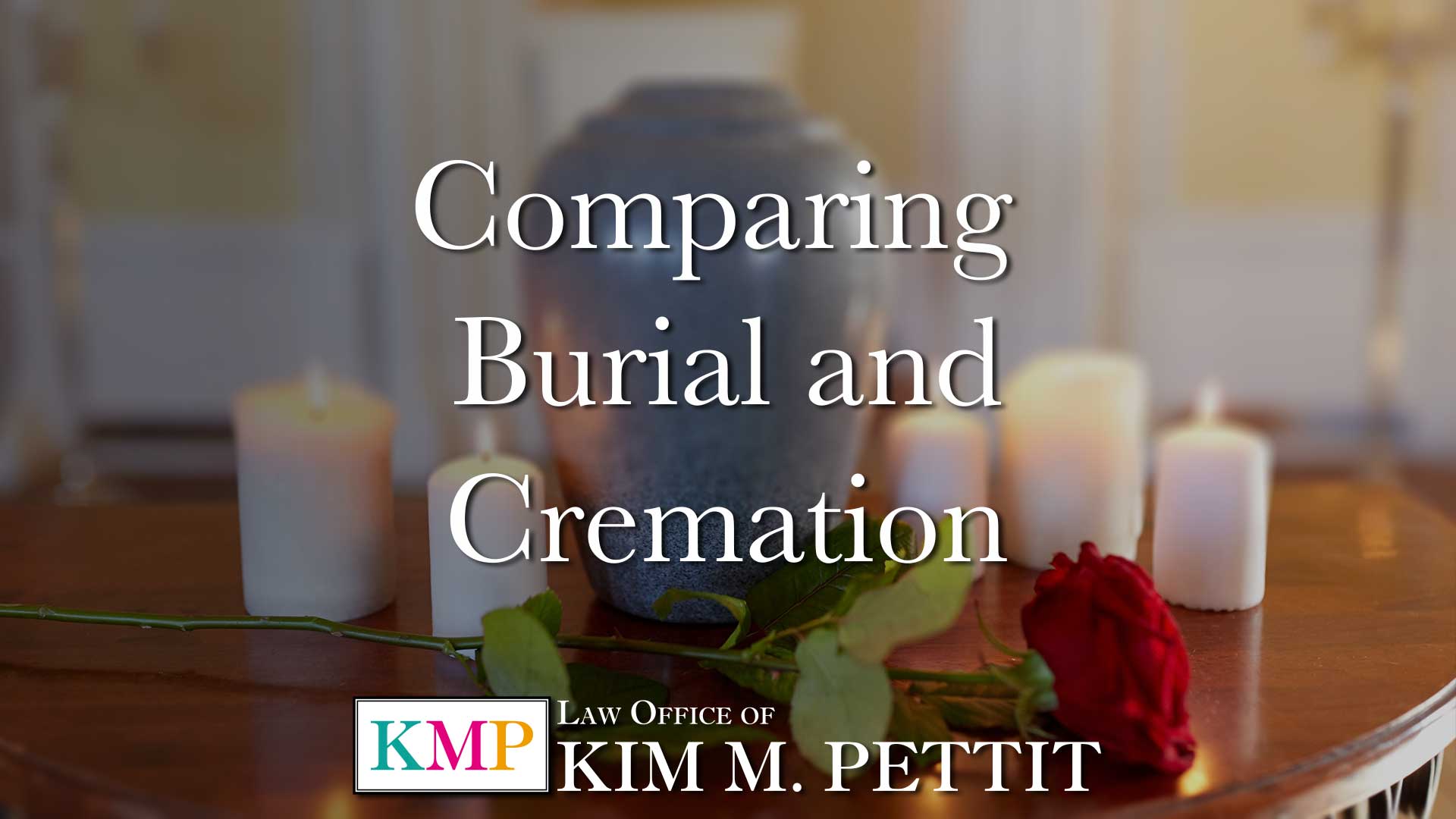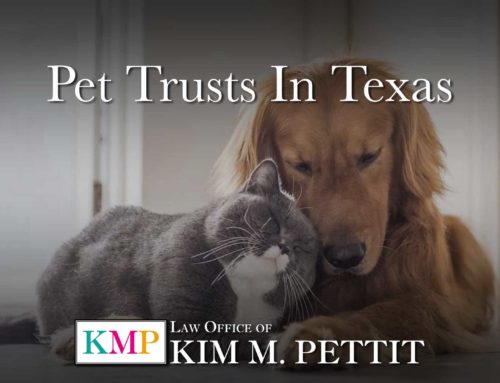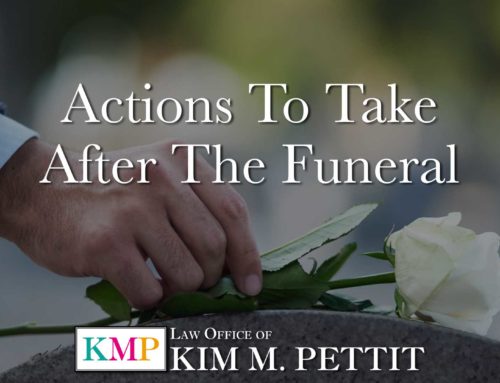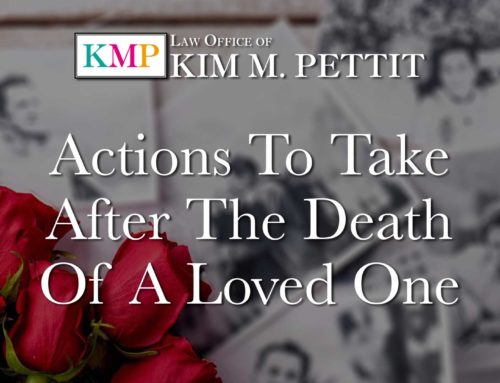When a person dies, the family must make a decision about what to do with the body. In the past, the traditional option has been a burial. Over the years, however, more people have come to prefer the option of cremation. Cremation is the irreversible process of reducing human remains to bone fragments through direct flame, extreme heat, and evaporation. According to the National Funeral Directors Association’s (NFDA) 2018 Cremation and Burial Report, the projected burial rate for 2018 is 40.5%. The projected cremation rate is about 53.5% and is expected to increase for years to come. You can get more information about cremation by contacting a funeral home. You can also do an online search for cremation providers.
So, why is cremation so popular? The main reasons are cost, convenience, population trends, religion and cultural factors, environmental concerns, and personalization.
Cremation Is More Affordable
Cremation is a more affordable option for those who cannot or do not want to spend a lot of money for a traditional burial. A traditional burial includes buying a casket and sometimes a vault in which the casket will be placed. According to the NFDA, the 2017 national median cost of an adult funeral with viewing and burial was $7,360. If a vault was included, it rose to $8,755. And that price does not include costs for a cemetery plot or monument or marker. Nor does it include other charges, such as for flowers or an obituary. The 2017 national median cost of an adult funeral with viewing and cremation was $6,260. Here are more statistics related to funerals.
Convenience
Many people choose cremation over burial because it is simpler and faster than the traditional burial. It is more convenient and less stressful. It gives the family more time, flexibility, and control when it comes to the disposition of the body and ways to memorialize the person who died. Transporting cremains, the cremated remains of a body, is easier than transporting a body. Cremation allows the cremains to travel easily to loved ones, rather than loved ones having to travel to a cemetery. It also allows the family more time to determine when, how, and where the ashes will be buried, scattered, or stored.
Population Trends
Younger generations, such as baby boomers, Generations X, Y, Z, and millennials, are leading the transition from traditional burial to cremation. According to the NFDA, individuals 80 years old and older are more likely to opt for burial. However, individuals under 80 years of age are more likely to choose cremation over burial. Today’s society is more mobile than before. People move across the country for work, school, and other reasons. They are no longer tethered to their hometowns or communities. “Families no longer stay in the old hometown the way they used to…Having the traditional family plot in the hometown cemetery just doesn’t make sense for people who might never be there anyway,” Josh Slocum, executive director of the nonprofit Funeral Consumers Alliance, told The Huffington Post in an e-mail.
Religion and Cultural Factors
Religion and cultural factors play a role in whether cremation is allowed. Cremation rates are high in countries such as Japan, Nepal, and Thailand. However, they are considerably lower in countries such as Italy, Ireland, and Poland. In the United States, the cremation rate is slightly more than 50%. You can view cremation rates in different countries here.
Generally, nonreligious Americans are more likely than others to consider cremation. That being said, less than 40% of Americans who identify themselves as faithful to a religion believe that religion is an important part of a funeral.
Some religions permit cremation while others expressly prohibit it. Although the Christian, Baptist, Catholic, Protestant, Anglican/Episcopalian, Lutheran, Methodist, and Mormon religions generally prefer a traditional burial, there is no prohibition against cremation. Jewish law requires the body to be buried, but cremation is becoming more popular. The Eastern Orthodox Church prohibits cremation, and Islam expressly forbids it. In some religions, families must strictly follow certain cremation rules and rituals. For example, the Catholic Church requires that the cremains be treated with honor at all times. They must be buried in the same manner as a whole body, which is in a sacred place, such as a cemetery, at sea, in a columbarium, or a crypt. Families are not allowed to scatter the ashes, keep them in an urn at home, or divide them among family members. Ashes are also not to be made into jewelry, such as a vial to be worn around the neck.
Learn more about cremation and various religions in the following articles:
- Religion and Cremation
- 13 Different Religious Perspectives on Cremation
- Can Catholics Be Cremated?
- Jewish Views on Cremation
Environmental Concerns
Many people want the disposition of the body to have as little effect as possible on the environment. Some opt for a “green burial,” where the body is prepared without the use of embalming fluids or chemicals. The casket, or alternative container, is biodegradable. Two options include the Living Urn and Capsula Mundi. Increasingly, consumers choose cremation because it has less of an adverse effect on the environment than burial has. No harmful fluids or chemicals are placed in the ground with cremation. Ashes from a cremation are harmless, so the scattering of those ashes does not pose a public health risk.
Another option is the “flameless cremation” or the “Fire to Water” method. It is available in some but not all states. It is not available in Texas at this time. Some consider this more comforting than regular cremation. According to a New York Times article, this method has a smaller carbon footprint and uses less energy than a standard cremator.
Personalization
Cremation gives the family more options and time to consider how to remember the loved one. The family does not have to rush to bury the body. Cremation allows time to decide what to do with the ashes. Families can scatter the ashes, bury or entomb them, or keep them in a wide variety of containers. They can plan a memorial service that suits their memory of the deceased.
To learn more about what to do with the ashes, look for my next post that is coming soon.
Planning for end-of-life events can be scary, confusing, and emotional. Make things easy for yourself and especially for your loved ones by letting them know – not guess – what your plans and wishes are when you die.
Let me help you with your and your family’s planning. If you are considering a will, medical power of attorney, directive to physicians, or a declaration of guardian for yourself or your children, please call the Law Office of Kim M. Pettit at (210) 558-4572 or request a consultation below. I look forward to helping you.






